Info & Images by MuseLAB
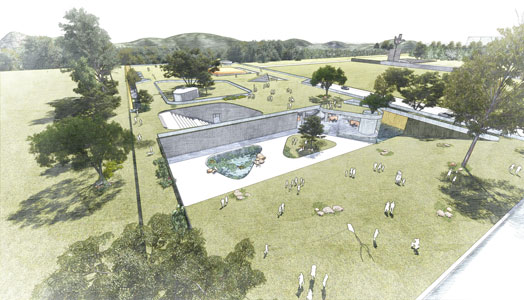 |
| Roof Garden at the Museum of Knowledge |
Walking in Le
Corbusier’s footprint yet keeping pace with contemporary times, young design
firm, MuseLAB Design Engine - second winners of international concept
competition for the ‘Museum of Knowledge’, Chandigarh, enlighten us on what
made their design tick...
To this day, Le Corbusier’s
vision for the Capitol Complex in Chandigarh remains incomplete - and among
those unfinished elements is the Museum of Knowledge.
50 years since the inception of a city "unfettered by the traditions of
the past, a symbol of the nation's faith in the future", Chandigarh stands
as a fitting testimonial to master architect Le Corbusier’s ideologies.
Competing
on the international platform to conceptualise a monument envisaged by the
master himself, standing close to his monumental ‘Open Hand’ and taking his
ideologies further was no mean task.
Three-year
old MuseLAB Design Engine rose to the challenge with aplomb. In conversation with
IAnD, partners, Jasem Pirani and Huzefa Rangwala revive the exhilaration of
this participation. Over to them:
“How does one continue an ideation, surrounded by
the master’s design, and that too, without aping the master?” they exclaim. “Our
proposed design for the Museum of Knowledge honours Corbusier’s vision by
showcasing the existing vestiges of the capitol complex by creating vantage
points and visual connections. These landmark structures are thus included
as part of the Museum and metaphorically form the main collection of the
museum. The plan incorporates Le Corbusier’s principles of light, space
and greenery, which are still prevalent as of today.
Building upon and re-imagining Le Corbusier’s Five
Points of Architecture, we pushed the building below ground allowing for the
site surface to be free of structure; consequently, the area doubles up as a
park, allowing it to extend itself and be a part of the public realm.
The structure is supported by pilotis – which
lends us the opportunity for free design of the ground floor plan and with all
four sides anointed with full-height glazing, natural light filters in, in a
controlled manner.
Being underground, open-to-sky courtyards and slits within the roof garden provide additional opportunities for light to permeate.
Le Corbusier’s master plan for Chandigarh was
designed keeping in mind the socio-economic conditions and living habits of
people. Similarly a Museum of Knowledge in the present times would not be
complete if it did not consider the current habits of the people. This proposal
gives the power to the people to design and choreograph their own walk through
the museum. A non-linear narrative with multiple opportunities to enter
and exit rooms gives the user the authority and freedom to move through the
space at their own pace. Areas within the museum and around have
been generously devoted to provide for gathering spaces to encourage
people to come spend time at the museum, attend workshops or head to the park
with a book and read without any inhibitions.”

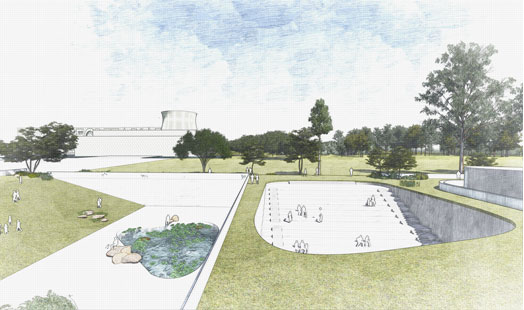
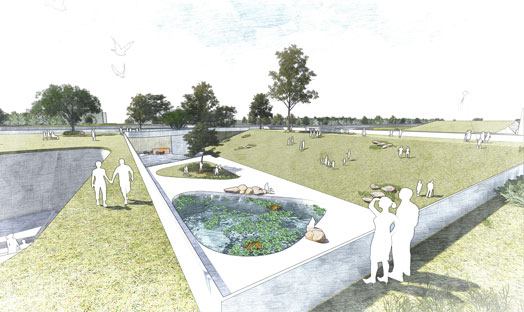
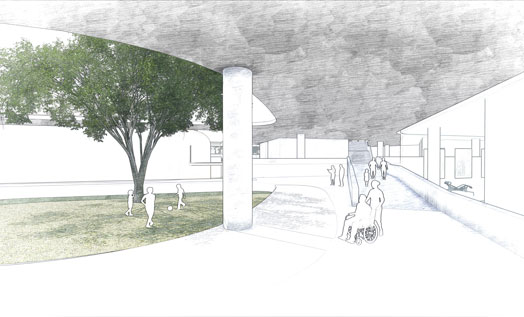
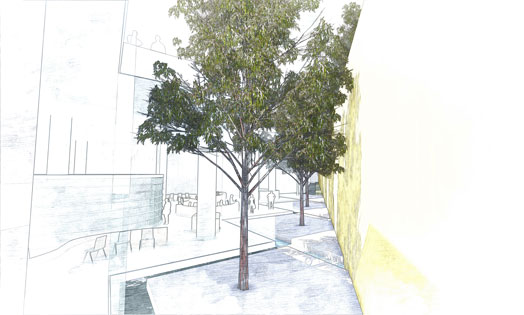
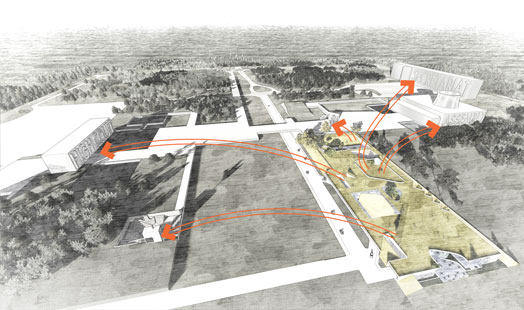
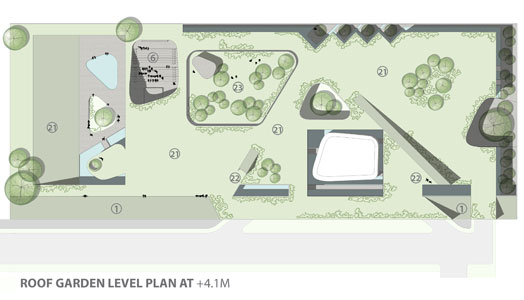
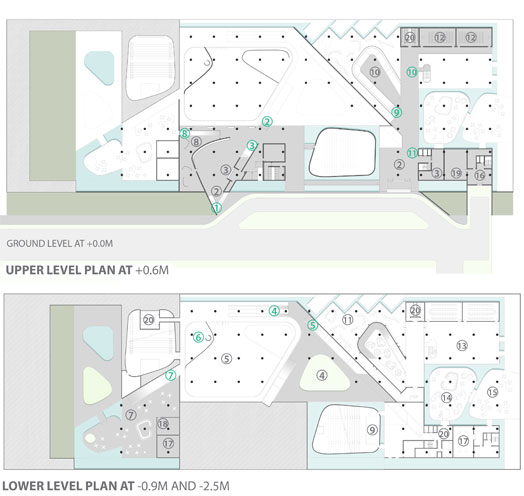

No comments :
Post a Comment